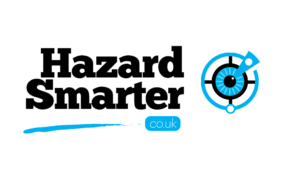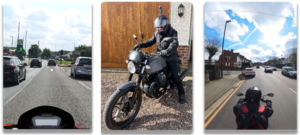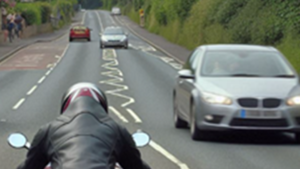Hazard perception assessment and training of commercial drivers: Agricultural Vehicles
As a spin-out company from Nottingham Trent University, Esitu Solutions works closely with the Transport Research in Psychology (TRiP) group at the University on research projects. TRiP is headed up by our Chief Technical Officer, Professor David Crundall, and one of the specialisms of the group is the development of hazard perception tests (and similar) for specific vehicles and job roles.
Esitu Solutions span out of NTU with the primary aim of translating university into innovative and safety-enhancing digital training tools for the commercial drivers. As a result, many of our company products are based on research conducted at NTU and we continue share the same research methodology and ethos.
Video-based driver assessments
Our tests are video-based and often require drivers to respond while watching these dynamic scenarios unfold. The tests we have developed include traditional hazard perception tests (‘press when you see the hazard’), hazard prediction tests (a variant that we believe is superior to the DVSA hazard perception test), a T-junction test (‘when is it safe to pull out?’), a gap judgement test (‘can your vehicle fit through that gap in traffic?), and risk-taking tests (such as our ‘Amber Gambler Test’, and our ‘Tailgating Test’). We believe these tests are the best way to assess a driver’s skills and risk-taking attitudes in a consistent and safe manner.
Similarly to the DVSA, we employ Computer-Generated Imagery (CGI) for some of our tests, though the majority of our assessments use naturally-captured video footage. To capture these video clips, we film from the target vehicle under conditions that mimic the nature of the driver’s job. This ensures that our materials are relevant to the target population of drivers. We tend to use multiple cameras to collect footage from all around the vehicle with rear-facing cameras to provide mirror information to viewers (see Figure 1).
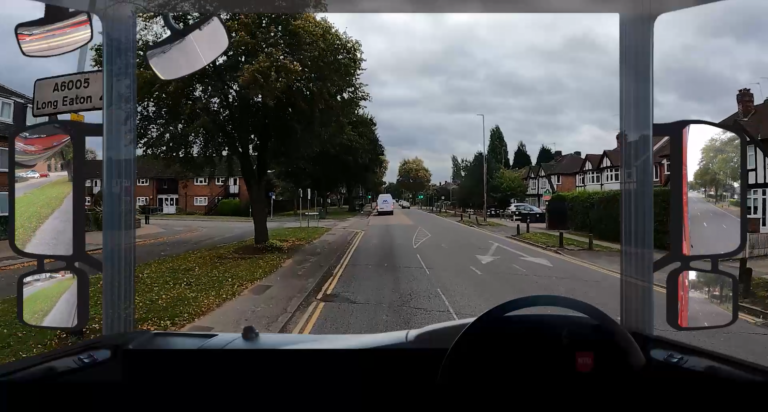
Our training interventions, based on theories of behavioural change, use a variety of approaches to improve drivers skills and attitudes our specialist video-based stimuli to create modules for improving drivers’ skills and attitudes in these areas. For instance, we often replay hazard clips with annotations to draw attention to different aspects of the scene, while an expert voiceover tells drivers where they should look and why (see Figure 2).
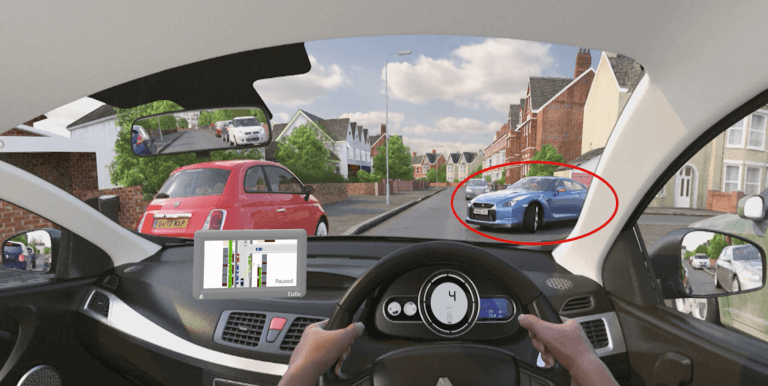
Hazard Perception
Hazard perception is the only higher-order cognitive skill that has been consistently linked to crash risk in drivers. Over the last 6 years we have developed vehicle-specific hazard tests for fire appliance drivers, bus drivers, HGV drivers and van drivers. These tests and training materials are more acceptable to professional drivers, as they have greater ‘face validity’ than traditional car-based tests which are typically normed on learner drivers’ performance. Importantly, these tests still allow us to discriminate between safe and less-safe drivers. Our most recent advance has been to film vehicle-specific hazard tests in 360-degrees, which allow our trainees an unrestricted view of the driving scene when presented in VR headsets.
How is Hazard Perception Relevant for Agricultural Vehicles?
A substantial amount of research has been conducted into the hazard perception skills of car drivers. Research has even looked at hazard perception in minority road-user groups such as, motorcyclists, cyclists and even pedestrians. However, one particular road-user group has been completely ignored thus far: agricultural vehicle drivers. Many of these vehicles, such as, tractors, ATVs, crop sprayers and even combine harvesters need to drive on roads at some point, and these drivers have just as much right to access cutting-edge training and assessment tools as other commercial drivers. We know that farming fatalities are 20x higher than the generic industry average, with most fatalities involving transport, often in farmyards and fields, and, to a lesser extent, on roads.
In an exciting new research project at NTU, the TRiP group wanted to see whether driver assessment and training tools were applicable to agricultural vehicle (AV) drivers, specifically regarding AV-specific hazard perception skills for on-road driving. They did this by creating the first pilot hazard perception test for AV drivers suitable for both use on a normal computer screen and in virtual reality!
The Project
This aim of the study was to create behavioural tests to explore which hazards posed the greatest dangers to drivers of AVs. To do this, NTU recruited the assistance from a local Nottinghamshire farmer and filmed from their traditional John Deer Tractor, and from a Crop Sprayer over the course of a week (Figure 3). The filming set up involved attaching a multi-camera system to the vehicles, including a 360-degree camera, to capture naturalistic driving footage as the drive went about their daily routine, which also included driving on roads.
Figure 3 – Photographs of the farm vehicles that were filmed from in the project.
The resultant footage was then turned into four hazard prediction tests: two tests suitable for viewing on a computer (1 from a tractor, 1 from a sprayer; see Figure 4) and two 360-degree immersive Virtual Reality tests, viewable in a VR headset. The prototype tests were even showcased at the Nottinghamshire County Show (2022), where they received positive feedback from potential end-users!
As part of the project, NTU also asked local farmers about the hazards they felt they faced on the roads. Their top hazards included:
⦁Road signage obscuring the road / field of view
⦁ Low-hanging electrical wires
⦁ Cars/Motorcyclists tailgating
⦁ Dangerous overtaking by cars/motorcyclists
⦁ Cyclists undertaking.
While some of these hazards are applicable to many vehicles on the road, some are much more specific to the viewing position and size of AVs. Understanding these hazards helps us tailor hazard tests to specific job roles and vehicles.
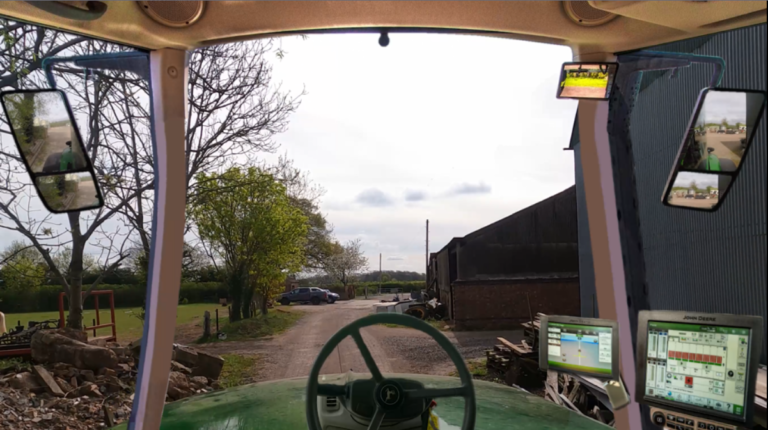
Next Steps
Although this was just a pilot study, it demonstrated the potential for a hazard perception tool for agricultural vehicle drivers and both Esitu and NTU are keen to pursue this research in the future. NTU are seeking to further develop our AV content for both online and VR-based assessments, including the development of training materials that explain where one should look – and why – when in certain hazardous environments. Once these materials have been created, we will seek to validate them in a large behavioural study of agricultural drivers. The resultant data will allow us to refine and improve our materials, ensuring the best resource possible for this often-overlooked segment of road users. If this research is successful, Esitu Solutions will then be able to bring to market the first validated hazard awareness assessment and training package for agricultural vehicle drivers!
Latest Blogs
What to know more about our range of online assessments? Book a call to discuss how we can save your business money.

